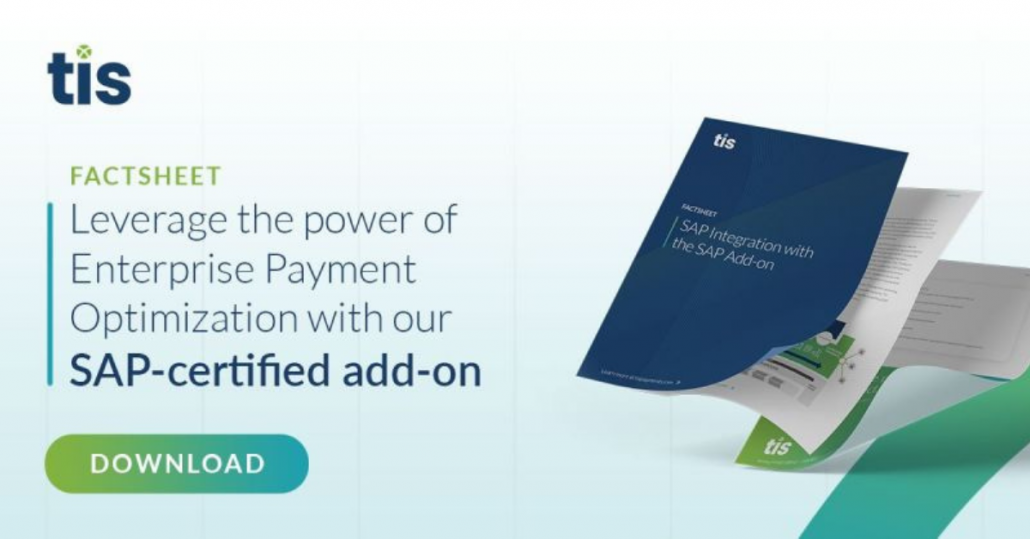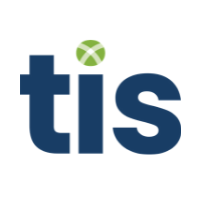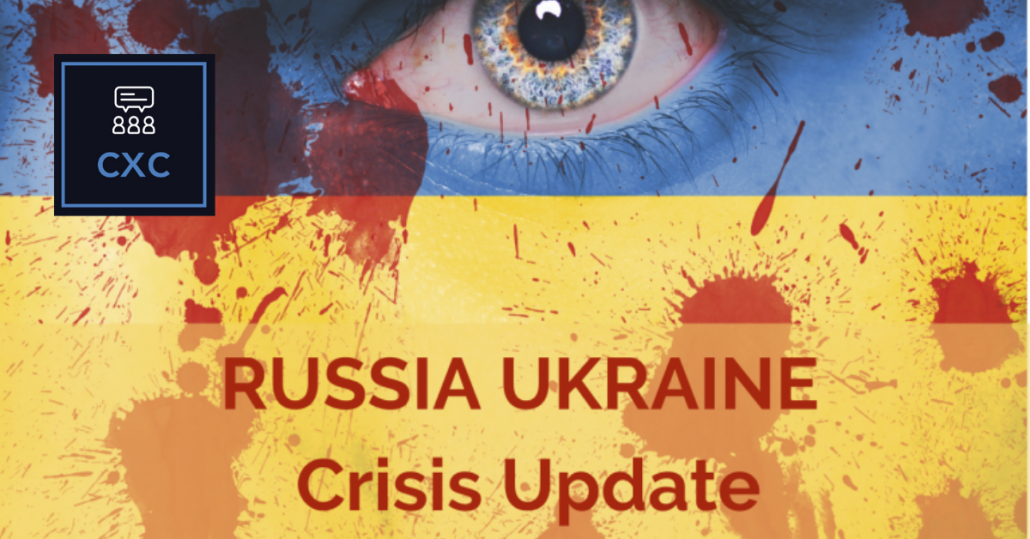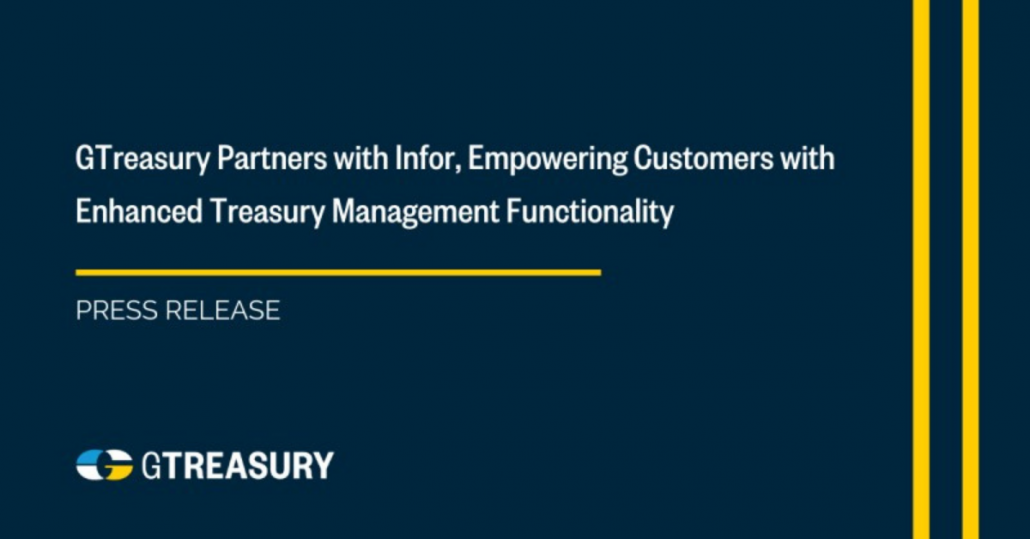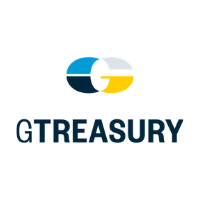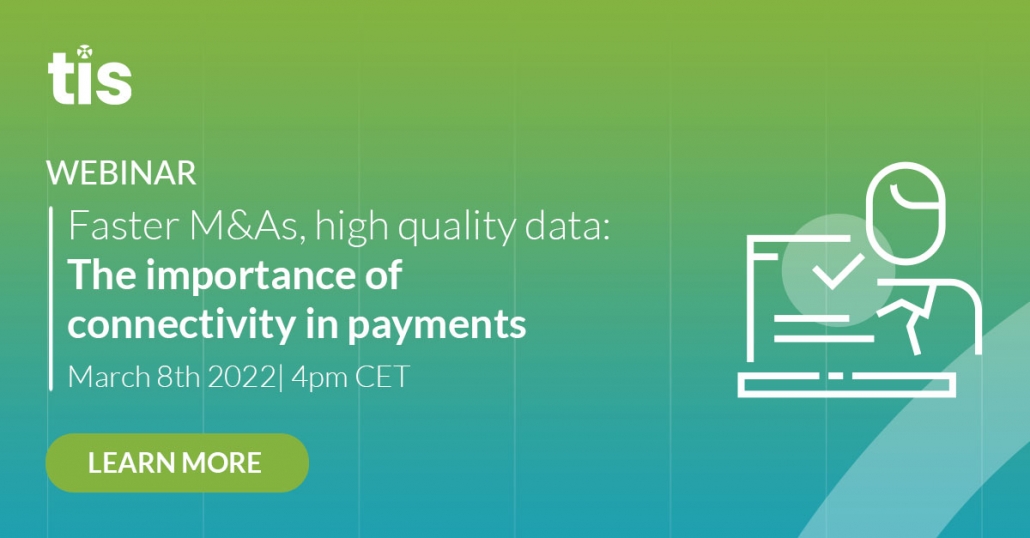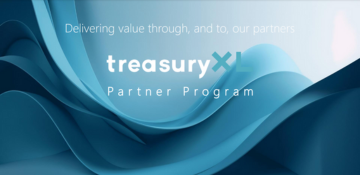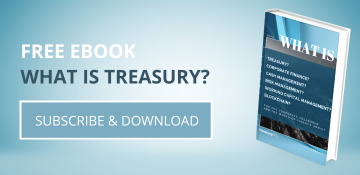23-03-2022 | treasuryXL | Kyriba | LinkedIn |
By Andrew Deichler, Content Manager, Strategic Marketing
Application programming interfaces (APIs) have the potential to revolutionize the treasury and finance function. But when is the time to move to APIs, and when is file transfer protocol (FTP) still sufficient?
Let’s explore the use cases for APIs and when it is appropriate to begin using them. We’ll also look at areas where FTP is still sufficient.
Source

API Use Cases
Largely viewed as conduits for faster bank connections, APIs allow systems to exchange data faster. Unlike FTP, APIs do not require any kind of file download to transmit information; users have instant access to the data they need.
Major ERP providers are working with API developers to embed APIs into their workflows so users don’t need to take any action outside the ERP. For example, Kyriba is working with SAP, Oracle, Microsoft Dynamics and others on API connectors. And Kyriba users can also integrate APIs into their ERPs on their own with our plug-and-play solutions.
APIs have nearly limitless potential. They can facilitate an open ecosystem that enables third-party developers to build applications on top of the API provider’s platform. Through such a platform, corporate treasury and finance departments can expedite the flow of data. Kyriba’s Open API hub, launched in 2021, is an online marketplace of real-time connections to apps, data, and new products and services that inject data-driven decision-making into every financial operation.
APIs offer treasury and finance many capabilities that they haven’t had before, such as the power to “un-batch” payments. Rather than relying on batch processes that transmit at several pre-determined times each day, APIs allow payments to be initiated from treasury management systems and ERP systems as needed—even in real time. In fact, real-time payments require the use of an API because payments can’t be transmitted instantly if a file needs to be downloaded.
Furthermore, APIs can also un-batch reporting, allowing organizations to manage cash continuously and in real-time. Just like batch payments, batch reporting is constrained to set times each day. APIs allow treasury and finance teams to receive intraday liquidity updates as needed, improving the ability to position, reconcile and invest cash. And immediate visibility into cash also allows companies to vastly improve forecasting.
FTP Isn’t Going Anywhere Just Yet
All that said, FTP isn’t dying out just yet. Banks and technology solutions providers that are managing open platforms are not replacing legacy formats with APIs; rather, they are offering them as a complement to these formats.
Furthermore, the rollout has been slow; most banks are not using APIs in live production yet. And the ones that do mostly offer them for certain real-time services—meaning that multiple connectivity options are needed to fully support a treasury and finance team.
But even if you have full API capabilities, they may not be appropriate for every type of data transfer yet. Generally speaking, FTP is better for large bulk transfers of data, while APIs are preferable for smaller, more specific transfer needs. And even though APIs can virtually eliminate the need for batching, some organizations may not see a need to end the practice—and they’ll need FTP to do that.
Lastly, FTP has been around for many years, making it compatible with legacy systems. Unlike API connections, which require that systems on both ends support the technology, FTP only requires that the appropriate file format be used. So, FTP won’t require any major conversions for your software. In other words, if the status quo is working for your organization, you may not see the need to make any changes right now.
API and SFTP Capabilities
In many ways, APIs bring key advantages over a file-based approach, such as an immediate response from banks and the ability to receive new data and notifications in real-time. But for the time being, flat-file technology is still very much in use.
Fortunately, Kyriba users don’t have to choose one or the other. Kyriba connects to 600 global banks on behalf of our nearly 2,500 clients using a variety of connection protocols, including APIs and FTP. So regardless of whether your bank and ERP are set up for APIs or not, Kyriba can ensure that you’ll have the right connectivity for your organization.
For more information on APIs, view our API Whitepaper, Fact Sheet and Infographic.


